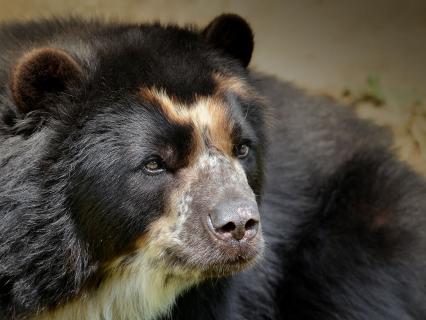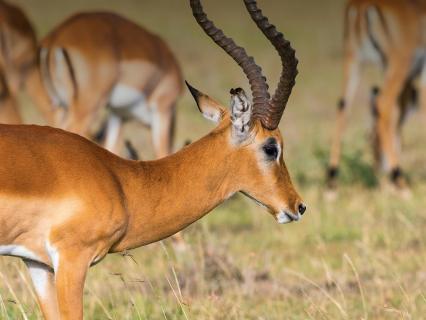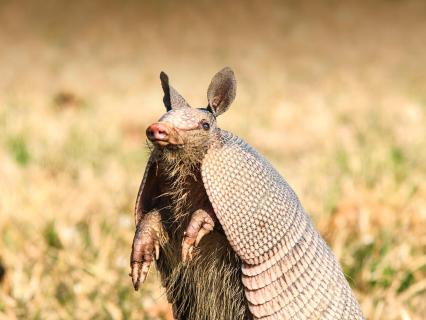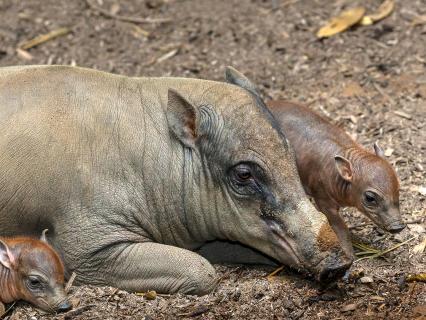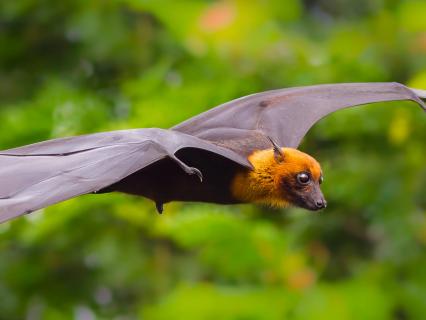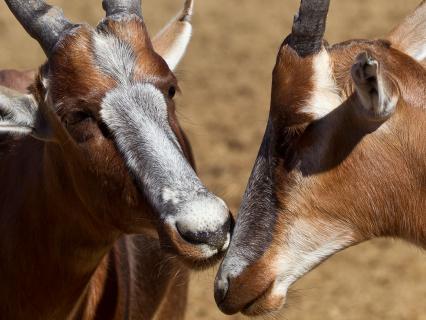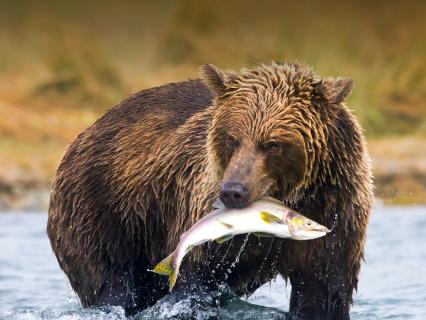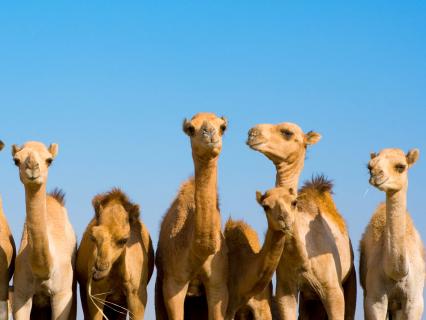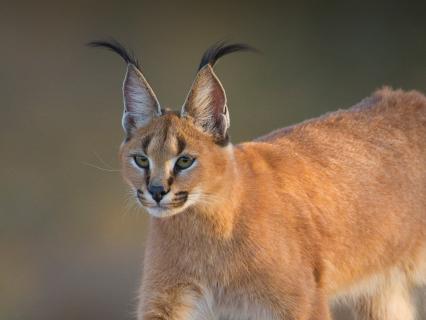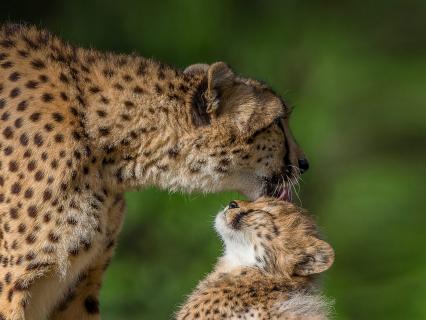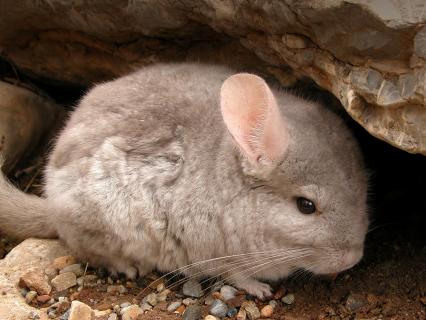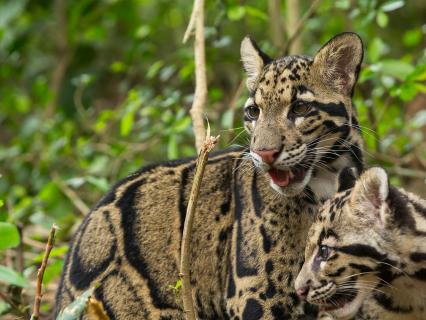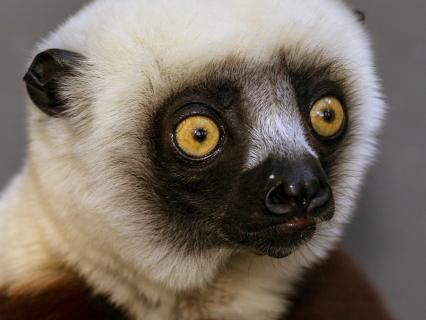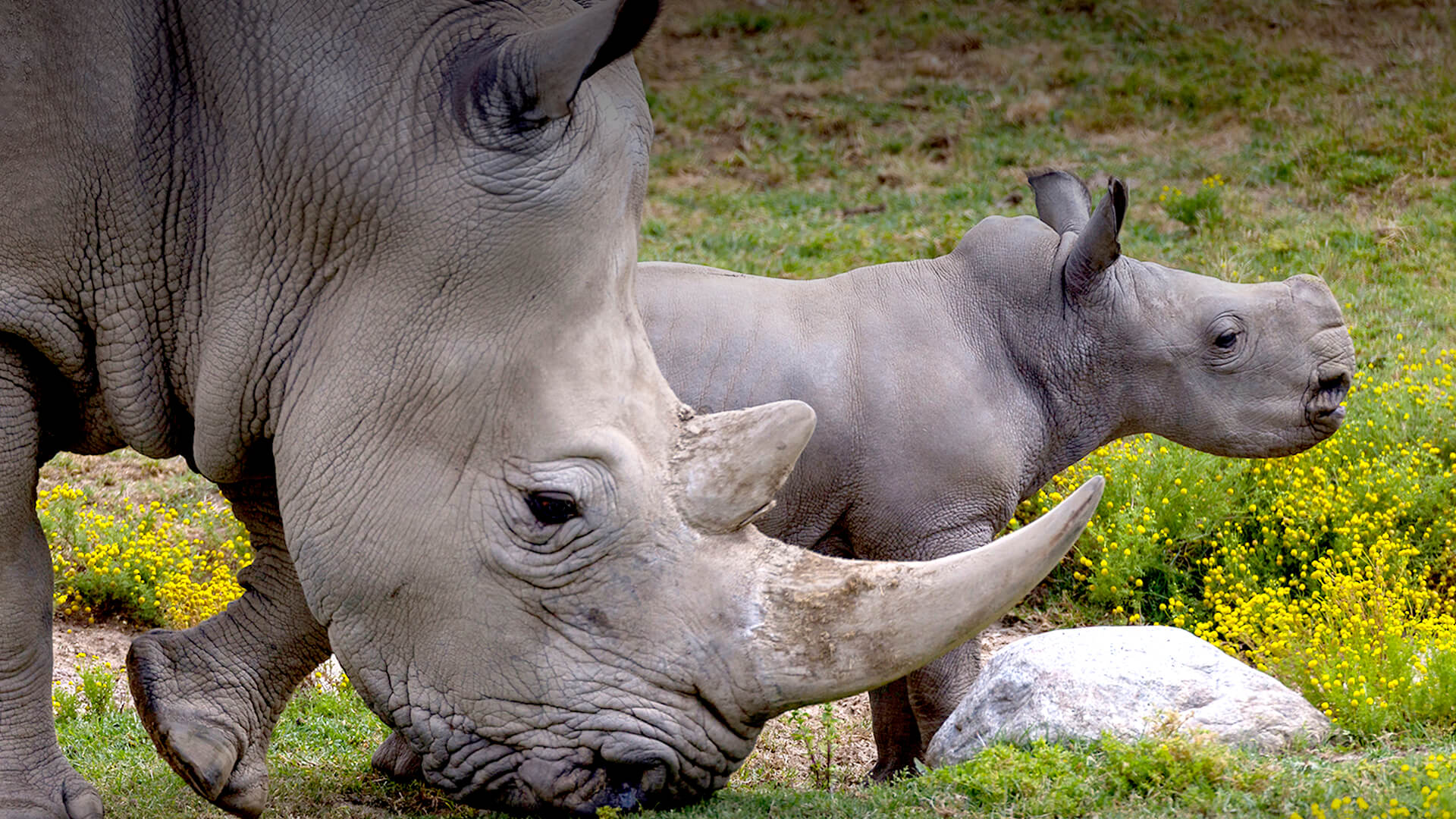
Mammals
Defining Characteristics:
Vertebrates
Endothermic: a.k.a. "warm blooded"
Have hair on their bodies
Produce milk to feed their young
Smallest: hog-nosed bat (0.05 ounces/1.4 grams)
Largest: blue whale (150 tons/136 metric tonnes)
Number of Species Worldwide: more than 4,000
Mammals are vertebrate animals that are endothermic, have hair on their bodies, and produce milk to feed their babies. Many mammals give birth to live young that are small and helpless. Producing milk to feed them allows them to develop more slowly and spend time with the adults as they grow up, learning the skills they need to survive. Regulating their own body temperature and having hair of various thicknesses for protection has also allowed mammals to live in almost every habitat on Earth.
There are three classes, or main types, of mammals: monotremes, marsupials, and placental mammals.
Monotremes
Monotremes are the most primitive mammals, and there are only five species: the platypus and four species of echidna. Monotremes have hair and produce milk, but they also lay eggs. The eggs are leathery, similar to reptile eggs, and hatch into tiny, embryonic offspring. The young cling to the fur on the mother’s belly and suck at her milk, which comes from pores in the skin instead of from a nipple.
Marsupials
Marsupials also have tiny, undeveloped young, but they grow inside the mother’s body instead of in an egg. When they are born, they climb up the mother’s fur to a pouch on her belly and settle inside. They latch onto a nipple and nurse almost continually until they have grown enough to emerge from the pouch. Some well-known marsupials are koalas and kangaroos.
Placental mammals
Placental mammals are the largest group, and their young develop inside the mother’s body while attached to a placenta. This is an organ that gives them nutrients and oxygen from the mother’s blood, and it allows them to grow and develop to a more advanced stage before being born. Some examples of placental mammals are cats, bears, monkeys, and humans.
SIZE RANGE
There are more than 4,000 species of mammals, which taxonomists classify into different groups based on characteristics like their body structure, the number and type of bones, and the number and arrangement of teeth. The smallest mammal is the Kitti’s hog-nosed bat, which only weighs 0.05 ounces (1.4 grams), and the largest is the blue whale, which can be 100 feet long (30.5 meters) and weigh 150 tons (136 metric tonnes). The largest land mammal is the male African elephant, which can reach 10.5 feet (3.2 meters) at the shoulder and weigh up to 15,000 pounds (6,810 kilograms).



